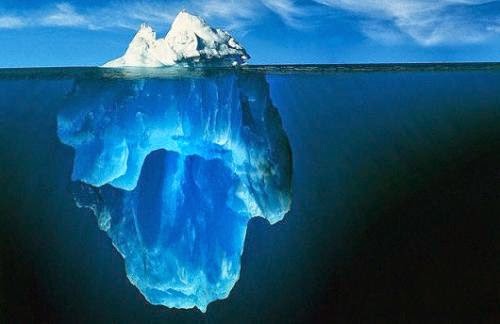A team of scientists has discovered that a giant ‘burp’ of carbon dioxide (CO2) from the North Pacific Ocean helped trigger the end of last ice age, around 17,000 years ago.
A recent study, led by Dr James Rae of the University of St Andrews, found that changes in ocean circulation in the North Pacific caused a massive ‘burp’ of CO2 to be released from the deep ocean into the atmosphere, helping to warm the planet sufficiently to trigger the end of the ice age.
Previously, scientists have suggested that the Antarctic Ocean and North Atlantic were the only places likely to release deglacial CO2, due to their deep water formation. However, a change in rainfall over the North Pacific region, caused by the East Asian monsoon and the Westerly storm track, made the ocean surface saltier and less buoyant, allowing it to form deep water. This allowed CO2 stored in the deep Pacific to be released to the atmosphere, where it helped warm the planet and melt back the ice sheets that covered much of the Northern Hemisphere.
Dr James Rae, of the University’s Department of Earth and Environmental Sciences, explained:
“Our study shows that North Pacific deep water penetrated all the way into the deep ocean, allowing it to release deep ocean CO2. We tested this idea further with a climate model, which showed that deep water formation in the North Pacific causes ocean CO2 release, large enough to drive the atmospheric CO2 rise recorded at the start of the deglaciation.
The results of our study came as a big surprise, as we were expecting to see a signature of CO2 release from the ocean around Antarctica, which has been the leading hypothesis for deglacial CO2 rise. Instead we found a signal we can only explain with CO2 release from the North Pacific.”
The team of scientists from the University of St Andrews, University of Bristol and University of Kiel, Germany, made a series of chemical measurements on minuscule fossil shells to trace ocean CO2 storage and circulation patterns up to two miles beneath the ocean’s surface.
Dr Gavin Foster, of the University of Southampton, added; “This study is only really possible thanks to new developments in geochemistry, that allow us to reconstruct the pH of the ocean in the past for the first time, giving an accurate measurement of how ocean CO2 is stored and released”.
The new findings will help scientists understand how the earth’s climate can operate, and the different ways in which the ocean and atmosphere can exchange CO2.
Dr Rae concluded:
“Although the CO2 rise caused by this process was dramatic in geological terms, it happened very slowly compared to modern man-made CO2 rise. Humans have driven CO2 rise in the atmosphere as large as the CO2 rise that helped end the last ice age, but the man-made CO2 rise has happened 100 times faster. This will have a huge effect on the climate system, and one that we are only just starting to see.”
More information:
Rae, J. W. B., M. Sarnthein, G. L. Foster, A. Ridgwell, P. M. Grootes, and T. Elliott (2014), “Deep water formation in the North Pacific and deglacial CO2 rise,” Paleoceanography, 29, DOI: 10.1002/2013PA002570.
Note : The above story is based on materials provided by University of St Andrews











